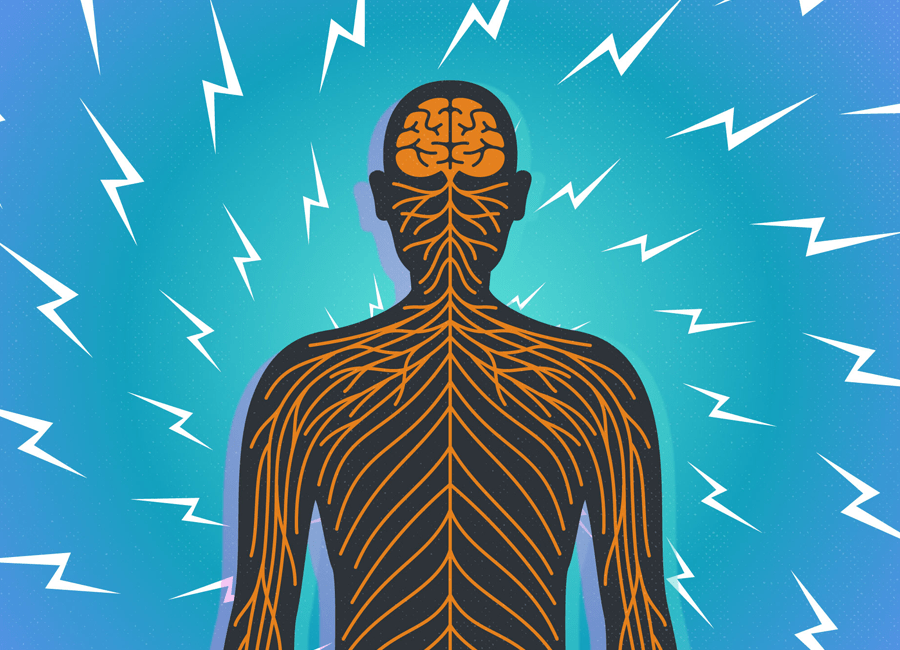
Managing daily activities with a chronic illness may be challenging, and exercise may feel overwhelming, especially if you are experiencing pain and discomfort. Yet, staying active is essential for maintaining overall health, improving mood, and supporting mobility. With the right approach, exercise can help reduce the symptoms of chronic illness, including chronic pain, and improve your quality of life.
- Consult with Your Healthcare Provider
Before starting any new exercise routine, speaking with your healthcare provider is crucial, especially if you have a chronic illness. They can help you understand your physical limitations and guide you on what types of exercise are safe and effective for your condition. Sometimes, your provider may refer you to a physical therapist or exercise specialist who can create a personalized plan tailored to your needs.
- Start Small and Slow
One of the most important things to remember when exercising with a chronic illness is to start small. If you’ve been inactive, jumping into intense workouts can lead to injury, exhaustion, or increased pain. Begin with gentle, low-impact activities like walking, swimming, or light stretching. Starting with 5 to 10 minutes daily and gradually increasing your activity as you build strength can prevent overexertion and help you maintain consistency.
- Choose Low-Impact Activities
For those with chronic pain or conditions affecting the joints, high-impact exercises may worsen symptoms. Instead, focus on low-impact activities that are gentle on your body but still provide significant benefits. Examples include:
- Swimming or water aerobics: The buoyancy of water reduces stress on the joints and muscles while providing resistance to build strength.
- Yoga or Pilates: These practices focus on flexibility, balance, and core strength while promoting relaxation and reducing tension in the body.
- Cycling or stationary biking: This is an excellent cardio option that minimizes joint impact compared to running or jogging.
- Walking: A simple and accessible exercise that can be adjusted to your pace and fitness level.
If cycling or stationary biking isn’t accessible to you, a seated elliptical can give you the gentle workout you need without the need to stand or climb onto a bike.
The Cubii JR1, Under Desk Elliptical is designed for those with limited mobility to get the movement they need without potentially worsening their symptoms.
- Listen to Your Body
When managing a chronic illness, listening to your body and recognizing when it needs rest is essential. Pacing yourself is critical to avoiding flare-ups of symptoms, including chronic pain.
Don’t push through pain or fatigue; take breaks when needed, and consider rest days as part of your overall plan. On days when your symptoms are more manageable, you can increase your activity, but always be mindful of your body’s signals.
- Stretch Regularly
Regular stretching can help alleviate muscle stiffness and improve flexibility, which is essential for managing chronic pain. Stretching is particularly beneficial for arthritis or fibromyalgia, where mobility can become restricted. Stretching before and after exercise also helps prevent injury and aids in recovery.
- Stay Consistent but Flexible
While staying consistent with your exercise routine is important, it’s equally essential to remain flexible and adapt based on your feelings. Some days, you may need to scale back your workout or choose a different type of exercise that feels more manageable. Even with minor adjustments, staying active in some capacity can still offer long-term benefits.
- Practice Mind-Body Exercises
Chronic illness and chronic pain often come with heightened stress and anxiety, which can exacerbate physical symptoms. Incorporating mind-body exercises like tai chi, meditation, or deep breathing can help reduce stress, promote relaxation, and improve your emotional well-being. These practices also support body awareness, helping you tune into your physical needs during exercise.
Final Thoughts
Exercise feels like the last thing you want to do when suffering from chronic pain. However, incorporating gentle, mindful movement into your routine can help manage symptoms, improve mobility, and enhance overall quality of life. Always consult with your healthcare provider, listen to your body, and remember that small, consistent efforts can lead to significant improvements over time.












1 Comment
[…] How to Manage Exercise When You Have a Chronic Illness […]